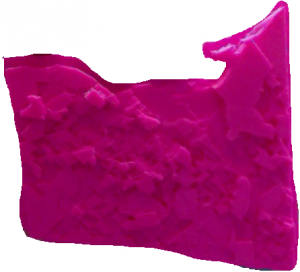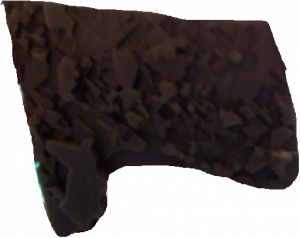Learning to Use 3D Printers for the Digital Humanities
As someone who was primarily educated as a humanist and has also worked on projects involving data, I have experience in courageously facing the steep curve of learning new technologies. Curious about both the arts and the sciences and seeing where the two can enhance each other to assist in better, more critical thinking, I am passionate about learning technologies for the humanities.
I must admit that when I first started learning how to use the 3D printers, which I was fascinated by from mechanical and philosophical viewpoints, I worried about breaking them or failing at a print. The day that someone, who was using one of the printers made me aware that the nozzle was clogged with filament was the day that I realized that when learning to fix printer and printing problems, I had to be fierce, have a sense of humor, and be willing to learn while not knowing 100%. I have carried this attitude into printing as I have overcome challenges related to cleaning out the nozzle, not being afraid to pull components apart, exploring alternative ways to develop a model, such as a model for visualizing data, figuring out how to print something in a way that removes stringiness, and addressing the problem of a too hot printer plate. Carrying this attitude pays off because as digital data and information are increasingly available for the humanities and also in other fields, new ways to understand that data and information through artistic prints can be of value. As humanists, including myself, continue to be printing warriors, facing initial fears such as “a 3D printer, what is this?” or “data? how does that relate to art and humanities scholarship?”, I think that necessary bridges between artists and humanists and technologists and engineers can be strengthened. I also see how appreciation for different disciplines and how disciplines work together can be increased.
One way that I myself did this semester was by printing data on DC population sizes across districts. As scholars refine data available on attributes of locations at different historical periods, I envision classroom engagement increasing by understanding historical trends across locations with 3D maps. Check out the map with stringiness on the left and the cleaner map on the right below!


